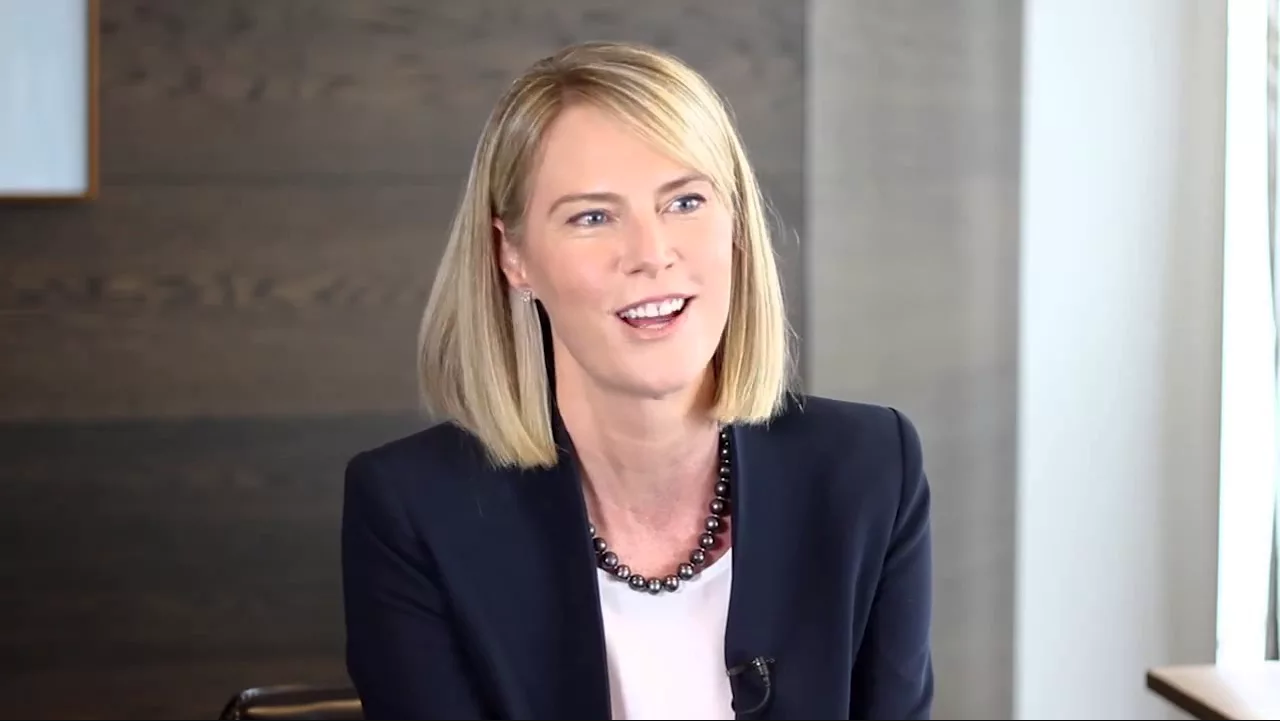13 Dec 2018
Carnegie: innovation, not just private
As a first generation immigrant, I feel extraordinarily privileged to have grown up in Australia.
So much of what made my upbringing special was delivered or enabled by the Australian public service — things like healthcare, education, a sense of safety, career opportunities, and more.
"If we want a thriving Australia by 2030, we need a thriving public service.”
I have two teenage sons and I want future generations to have similar opportunities to what I was gifted. But this will only happen if the public service is “fit” to tackle tomorrow’s challenges and opportunities.
This hit home for me when I was involved in drafting the Australian 2030 Innovation strategy in my role on the board of Innovation and Science Australia. One of the major insights from this report was the critical role the public service plays in driving the national innovation ecosystem and being an exemplar in the innovation space.
I am also working on a panel reviewing the Australian public service to ensure it is fit-for-purpose for the coming decades.
If we want a thriving Australia by 2030, we need a thriving public service.
A deep sense of purpose
What I see during my interactions with Australian public servants across all levels and departments is a deeply felt sense of purpose. That is, why they work for the service and why their work matters.
Most organisations would love to have this as it is a pre-requisite for a healthy and engaged workforce. It is indeed something we at ANZ consider to be at the heart of our existence as a sustainable private enterprise.
The interesting thing is that there does not appear to be a single purpose for the Australian public service. Each department seems to have a specific and slightly different articulation. Yet I believe it would be even more powerful if public servants could rally behind a single, unifying reason for being.
However collaboration across departmental silos – whether public or private - is a big challenge and is made more complicated by the compression in budgets.
Building contemporary capabilities, including the public service winning the war for talent in critical areas like data, cloud, and engineering is another challenge looking forward to 2030.
Best-in-class
Throughout the review, it has been fabulous to see how strongly the Australian public service is regarded by governments and public services around the world. Much of what the service does is considered best-in-class.
Our close neighbours in New Zealand and Singapore are starting to edge ahead but Australia still benefits from a really strong foundation.
I know I shouldn’t be surprised about that but typically a review is done when things are not working as they should. To be asked to review a strong organisation in order to predict and pre-empt problems is a lovely surprise.
Changing environments
There are many similarities between the Australian public service and banking. Both are large, complex organisations where the vast majority of people are trying to do the right thing, including being more customer or citizen-centric.
Both are trying to tackle large capability gaps and technology deficits in a fast-changing environment where there is a diminishing risk appetite to address these issues.
However a major difference is that in a private sector organisation there is a clear ‘leader’ who is better positioned to make the tough, coordinated decisions required to transform an organisation.
How that model can translate across to the public sector is a major challenge. I think it can translate.
Moreover I think there are some clear trends we have seen – and are adapting to – in banking which are applicable to the public sector:
- Innovation is no longer a proprietary quality. Banks and governments will increasingly partner with other organisations, be they financial technology startups or non-traditional companies to deliver their customers and citizens seamless, convenient answers.
- Digital delivery and data management are essential but “being digital” is as much a mindset challenge as a technical one.
- Innovation is about productivity but equally it is about freeing up humans to do more human tasks – which is what people are after in many situations.
- Service and products delivery today is not about creating something new and then convincing customers they need it. It is about listening carefully to what customers – and citizens – want and working out how to deliver it.
Maile Carnegie is Group Executive – Digital at ANZ
The views and opinions expressed in this communication are those of the author and may not necessarily state or reflect those of ANZ.
editor's picks
19 Jul 2018
